Pride at 50: Brighton's relationship with Pride over the years
A look back at Brighton & Hove’s relationship with Pride over the last 50 years.
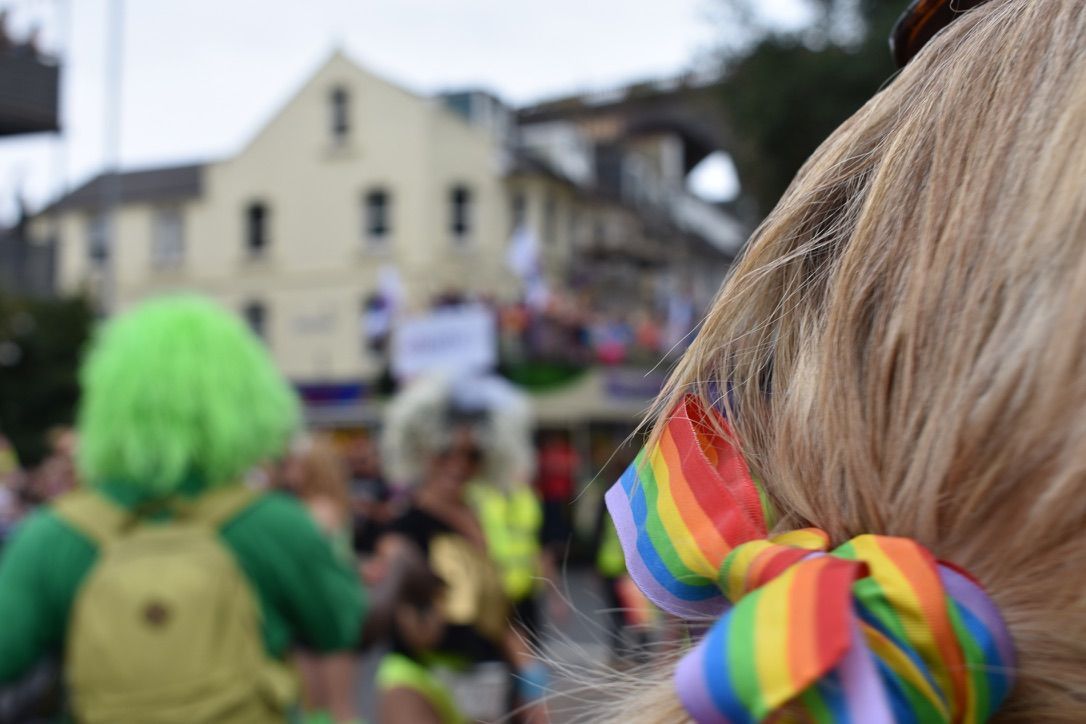
In 2023, Brighton & Hove is seen as the gay capital of the country. Every year, hundreds of thousands of people flock to our city to celebrate Pride which, as one of the biggest contributors to our tourist economy, brings in millions of pounds every year. This year marks the 50th anniversary Brighton & Hove Pride march - but how has the city's relationship with Pride changed over time?
As the city grew from fishing village to seaside resort, the combination of ever-changing holidaygoers, garrisoned soldiers, and the city's proximity to London drew more LGBT+ people to visit. By the 1930s, Brighton was seen as a growing LGBT+ hotspot, with popular queer venues such as the Star of Brunswick and Saint James Tavern. The Clock Tower was also a popular place to meet soldiers, and a men's beach in Hove was full of 'flagrant fun'.
The first recorded Pride march in Brighton & Hove was on Saturday 7th July, 1973, nine months after the city's first gay demonstration in October 1972. Held by the Sussex Gay Liberation Front (SGLF), they marched from Norfolk Square to the Old Ship Hotel. While they marched, they distributed leaflets saying that Pride is 'a chance to come out of the closet', with events listed including a disco at the Stanford Arms, a wedding between two men, an 'Evening Gay Dance' at the Royal Albion Hotel, and a Gay Picnic on the beach.
The march was photographed by The Argus, but the photos were never used. It was only when members of Gay Brighton Past, an online history group, found some negatives in a little brown envelope in The Argus' photo archive, that photos of the first march were shown.
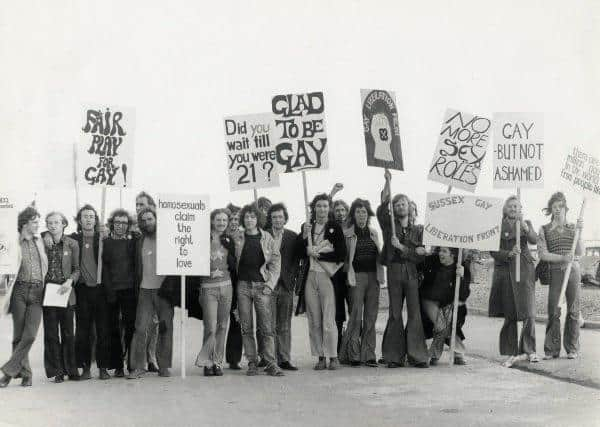
SGLF actually started at the University of Sussex in February 1971, and is now known as Sussex LGBTQ+.After their inaugural Pride march, there wouldn't be another until the May Bank Holiday in 1991, 'Brighton Area Action Against Section 28' (BAAAS28), protesting the government passing laws to ban the ‘promotion’ of homosexuality. The Pride march in 1973 was held just a year after the country's first pride in London, and three years after the first ever pride marches held in New York City, LA and Chicago.
In the years that followed, several LGBT+ groups launched: Brighton & Hove LGBT Switchboard, a phone helpline, in April 1975; the Sussex AIDS Helpline was set up in 1985, eventually organising a home care service for people with AIDS; and The Clare Project, a support group, was started by a group of transgender women in 2000.
Back in 1973, gay rights were not exactly a popular concept. While it was the year that homosexuality was no longer considered a mental illness, there was still a long way to go: The age of consent for homosexual men was 21 'for consenting adults in private', LGBT+ people couldn't adopt, get married, or serve in the army, and Section 28, which banned the promotion or teaching of homosexuality, wouldn't be abolished in England until Labour repealed it in November 2003 (three years after Scotland repealed it in June 2000).
In 1979, SGLF organised a screening of Word Is Out: Stories of Some of Our Lives, a 1977 documentary featuring interviews with 26 gay men and lesbians. Brighton Ourstory said:
It was publicised in the Argus and was showing to a packed hall when several skinheads invaded. Widely thought to be National Front sympathisers, the thugs overturned tables, injuring two of the organisers.
The next day, The Evening Argus ran an editorial which enraged local lesbian and gay groups who regarded it as condoning the attack. After a demonstration outside the newspaper's offices a right of reply was won and also a compensatory feature, later that year, about Brighton Gay Switchboard. This was probably the first positive report about lesbian and gay issues the paper had ever made.
Now in 2023, according to the 2021 census, Brighton and Hove is officially the gayest place in England and Wales. Or, at least, it has the most people over the age of 16 who identify as LGBT+ living in it. 10.7% of the census' respondents are LGBT+, compared with 3.2% nationally, with 20.11% of LGBT+ people living in Kemptown. Interestingly, Roundhill has the most bisexual people, at 7.91%, and Seven Dials has the highest percentage of people who have a gender identity different from their sex registered at birth at 1.78%, compared to the national average of 0.5%.
The city's Pride celebrations are some of the biggest in the country, with 300,000 people attending the event in 2022: for context, the population of Brighton according to the 2021 census is 277,200.
Despite this growth in LGBT+ population, there's a growing movement of those not wanting to engage with the official Pride celebrations. DIY Pride, for example, have held an event on the day of the parade since 2016, attracting a few hundred people. They said:
DIY Pride is a group of queer folk who aim to create an intentional space for LGBTQ+ people on the day of Brighton Pride. DIY Pride was created in response to the commercialisation of Pride.
We are disillusioned by pride. It has become a de-politicised, de-radicalised, commercialised opportunity for businesses to promote themselves.
Dissatisfaction with Pride isn't new: a study by the University of Brighton found that while 98% of respondents enjoyed the 2004 event at Preston Park, people were not in favour of paying to attend the event. They found that 'if Pride chose to charge for entry it could lose attendees and reduce the diversity of participants'—now, tickets to Fabuloso in Preston Park cost £60 for the weekend, and most of the LGBT+ people we spoke to do not attend.
There's also a growing community in the city akin to that of DIY Pride, namely The Queery and The Ledward Centre. Both volunteer-run spaces are relatively new to the city, opening in 2022, and aim to provide social spaces for LGBT+ people, addressing loneliness and isolation, as well as providing sober spaces and promoting the work of LGBT+ people. A queer Brighton resident who was unable to attend this year's Pride said:
With the existence of spaces like The Queery and The Ledward Centre comes the knowledge that there is always somewhere in the city I can go to be fully myself, where I am surrounded by people like me, and where I can feel comfortable and accepted.
Unlike the usual gay bars and clubs, these are sober places, where I can talk to and meet new people, learn new skills, and be creative, especially with their impressive rosters of workshops. They are also accessible venues, with pay-as-you-like options, so I don't have to spend a fortune just to be in a queer space.
As well as this, it's important to remember that Pride started as a protest.However, according to a 2007 paper, the most common reasons given for attending Pride in Brighton & Hove were 'fun/party' at 37%, 'community' at 14.4%, and 'friends/meet people' at 12.7%. Just 11.6% of people went for 'political' reasons. The paper said:
Pride was continually referred to as a space of fun… The move away from a ‘march against repression’ is indicative of the assumption by some that the need for an ‘angry march’ has dissipated.
The rights of LGBT+ people have come so far since, and yet have so much further to go. Trans Pride Brighton, 'the first and largest Trans Pride outside of America', only started in 2013 and attracted around 20,000 people in 2022. As many transgender people in the city have told me, being transgender in Brighton is 'like playing on easy mode, but it's still very hard'. We spoke to one woman who has spent five years waiting for a referral to a gender identity clinic, and said she just feels 'drained', having run out of trust in the healthcare system's ability to treat transgender patients.
It can be argued that the commercialisation of Pride, and the inclusion of political parties, the police, and big businesses, shows a widespread acceptance of LGBT+ people. However, events like DIY Pride and Trans Pride show that many queer people in the city (and many people elsewhere who travel to attend these events) feel excluded. While the queer people, allies, and tourists who attend Brighton & Hove Pride contribute greatly to the city's economy, and therefore (you'd hope) to the livelihoods of the city's queer population, it's also important to note that the Pink Pound is worth $3.7 trillion globally, which is a lot of spending power that corporations lending their support to Pride may be hoping to cash in on.
Whether you are cynical or optimistic about the growth of Brighton & Hove Pride in the 50 years since the first march in the city, there were plenty of ways to celebrate, or fight for, LGBT+ lives in the city this year, which is surely something to be proud of.

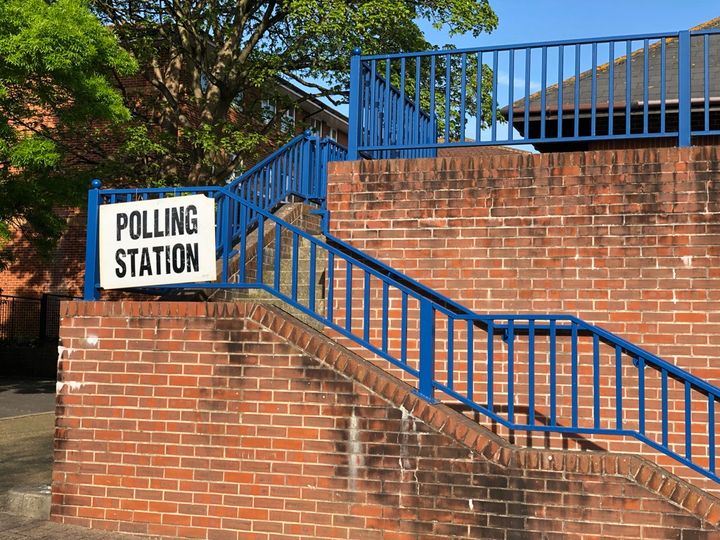
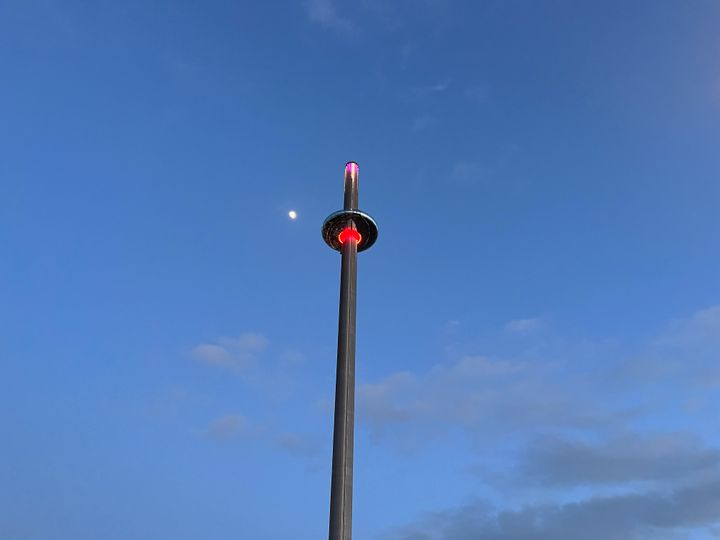
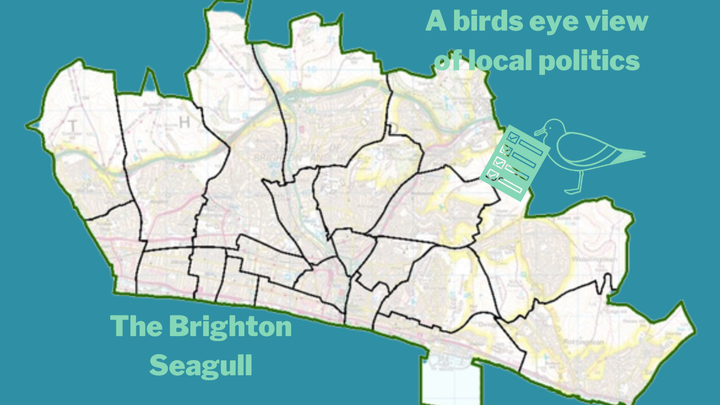
Comments ()